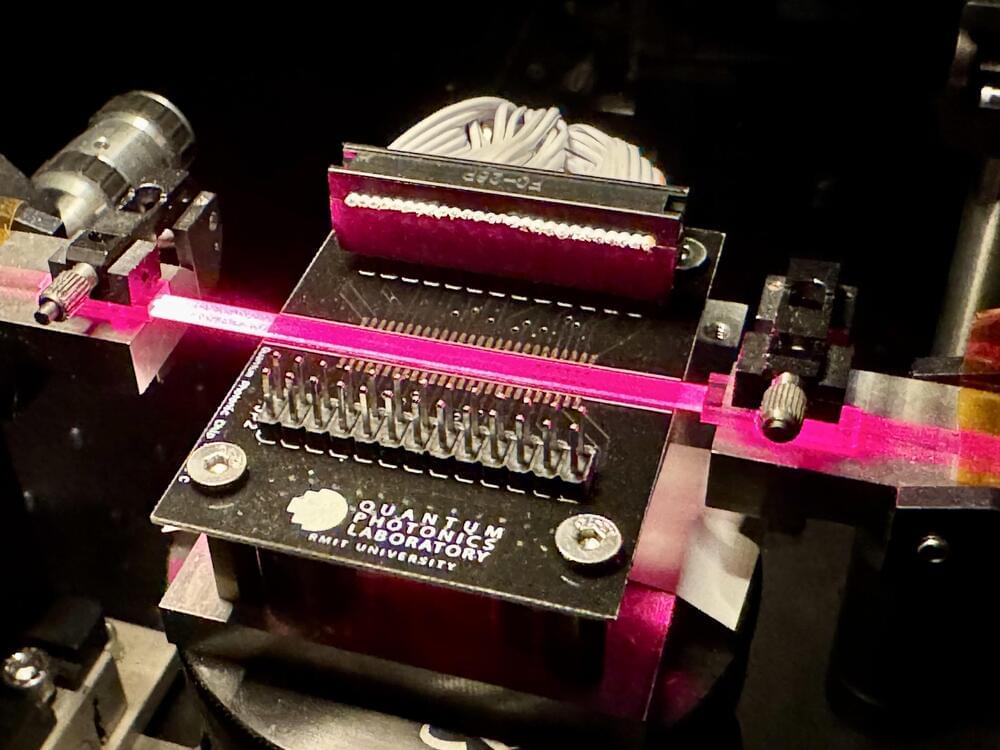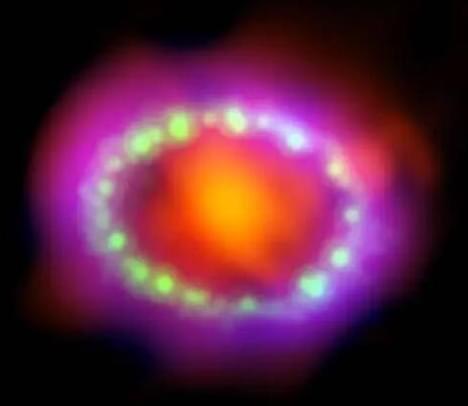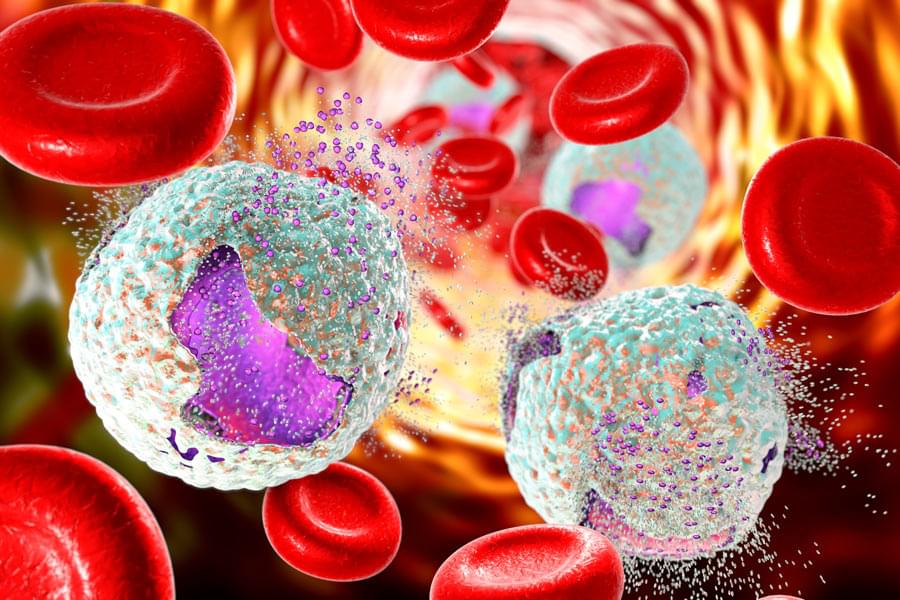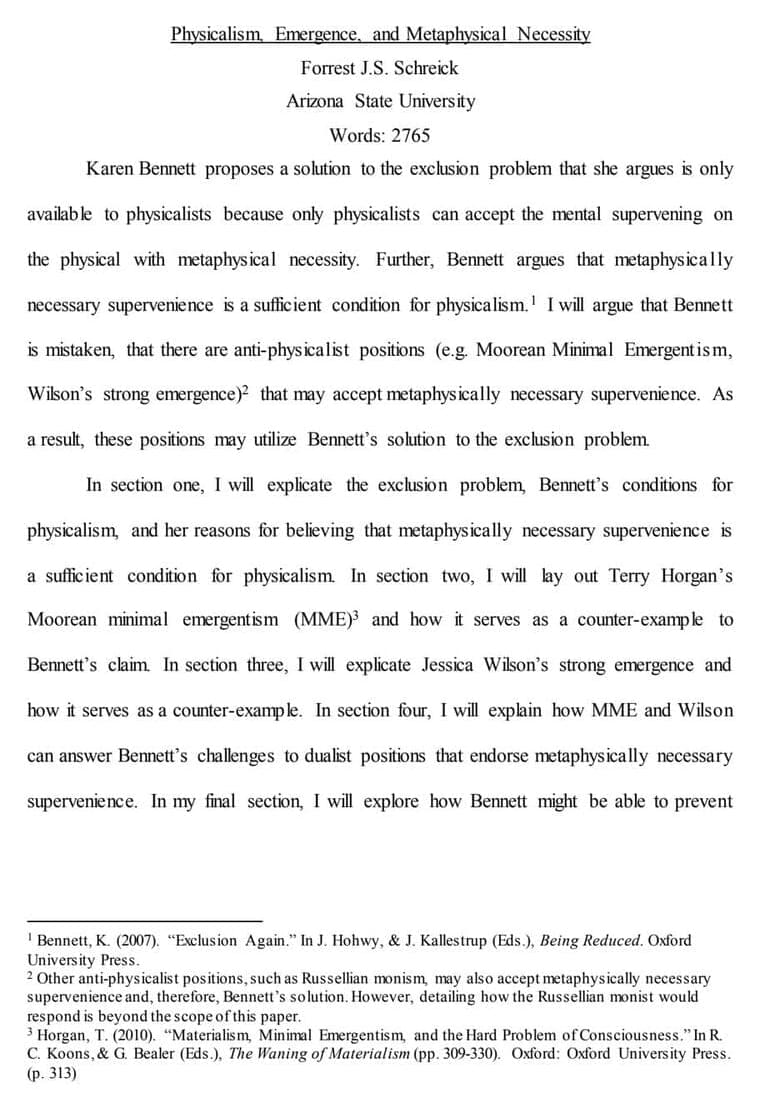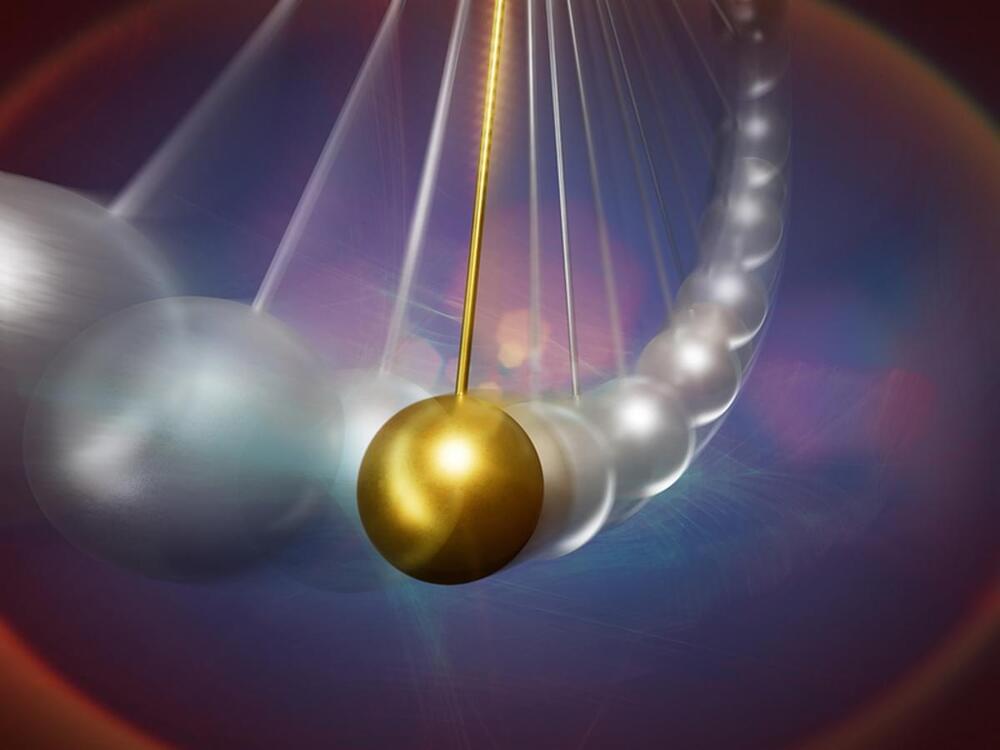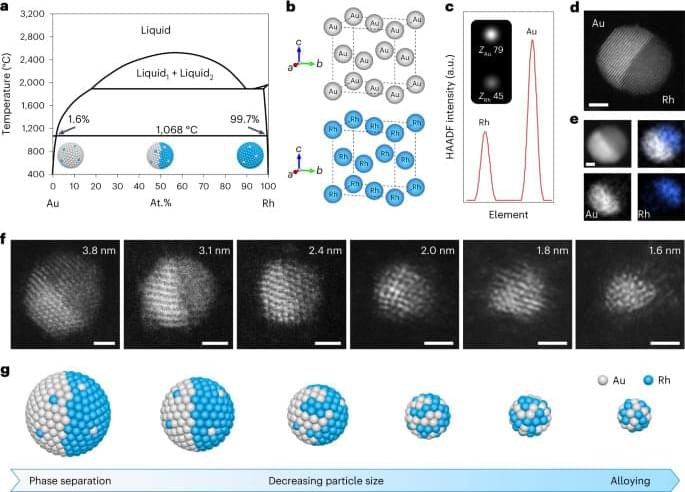A small combined team of material scientists from Sun Yat-sen University and Dalian University of Technology, both in China, has found that it is possible to make a single drop of water hop in desired ways by putting a magnetic particle inside of it and turning an electromagnet on and off. The research published in the journal ACS Nano.
The research team was investigating on-demand droplet transportation as part of a larger effort. To learn more about the possibility of inciting drops of liquid, in this case water, to move in desired ways, they set up several structures.
The researchers carved small grooves on a flat surface. The surface was then covered with a varnish known to prevent water absorption, thereby allowing droplets to form when splashed onto the surface. Once the droplets formed, the team placed a tiny piece of metal into each drop, where it was held in place by the forces that held the bubble shape. The entire surface was then placed over a set of electromagnets.

